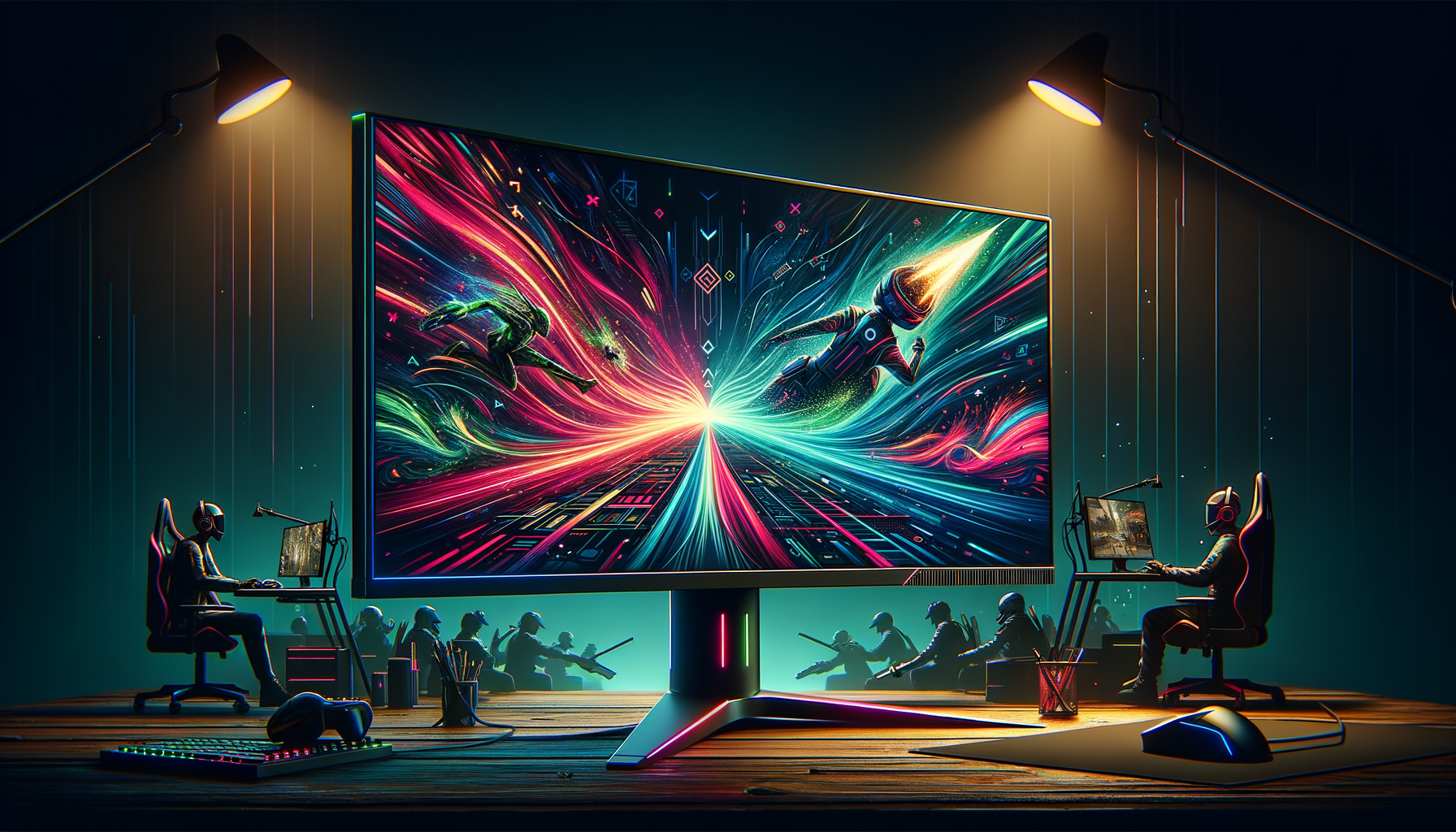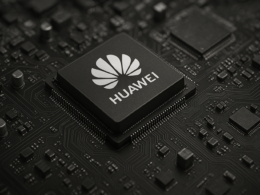Introduction
In an era dominated by OLED advancements, traditional display technologies are showcasing remarkable breakthroughs, as seen at the recent Gamescom event. Among the numerous hardware revelations, Asus’ new 610 Hz TN gaming monitor drew significant attention, heralding a revival of TN panels in the fierce high-refresh-rate race.
Zooming In
Background: The Battle of Display Technologies
Historically, the technology landscape of gaming monitors has been a battle between speed and image quality. While IPS and OLED panels have long been favored for their superior color accuracy and viewing angles, TN (Twisted Nematic) panels have been the stalwarts of refresh rates and response times. Originally critiqued for their poor color performance, TN panels have found a resurgence, significantly enhanced by advancements like the new “Super TN” from Asus.
The Latest Development: Asus ROG Strix XG248QSG
The Asus ROG Strix XG248QSG, unveiled during a pre-Gamescom event, has brought the spotlight back to TN panels. Announced as the world’s first 610 Hz gaming monitor, it redefines speed standards, aiming directly at competitive gamers who prioritize performance over resolution. This model stands out for its ability to deliver ultra-fast refresh rates previously considered unattainable by TN technology, now packaged as a “Super TN” panel, purportedly improving upon traditional color inaccuracies.
Recent Industry Trends
The consumer display market has been progressively leaning towards high-refresh-rate panels, acknowledging the demand from esports enthusiasts. Gaming monitors capable of refreshing more than 300 times per second-the realm where TN panels excel-are becoming increasingly sought after. OLED displays have entered this race, with recent arrivals boasting refresh rates as high as 540 Hz. This has placed pressure on TN technology to innovate, e.g., the “super” enhancements seen in the latest Asus offering.
Market Insight and Technical Comparisons
With refresh rates climbing to dizzying heights, the question is not just about speed but accessibility. Tech insights show that while only a handful of titles such as Counter-Strike and Overwatch can truly exploit 600+ fps, competitive gamers appreciate even the minor advantages. Comparisons with OLED models reveal a trade-off scenario; while OLED brings superior colors and contrast-especially noticeable at 540 Hz-it’s still limited by higher costs. Meanwhile, TN panels, like the XG248QSG, offer a budget-friendly path to ultra-high refresh rates, albeit typically limited to a 1080p resolution.
Reactions and Expert Opinions
Industry experts have exhibited mixed reactions. While some champion the potential of the final speed revolution offered by TN technology, others, like DisplayMate Technologies’ President, Dr. Raymond M. Soneira, have highlighted the tests that determine visual persistence and motion clarity as the ultimate deciders for gaming visual fidelity. It remains to be seen if the new Asus monitor can genuinely stand up to its OLED counterparts aside from sheer speed stats.
Future Outlook
As gaming titles continue to evolve, there is overlapping consensus that high-refresh panels will transition from luxury to necessity for serious gamers. With competition from players like Samsung and LG, and the impending arrival of more OLED models testing the 500+ Hz limits, choices are snowballing. Consumers now can expect more affordable options driven by TN technology.
In conclusion, while OLED remains the indisputable master of color and contrast, the resurgence of TN panels underlines an industry understanding that gaming at the highest performance levels isn’t always about visuals-sometimes, it’s purely about the gutting edge speed. Regardless of preferred specs, the consumer definitely wins in the ongoing display technology arms race.









